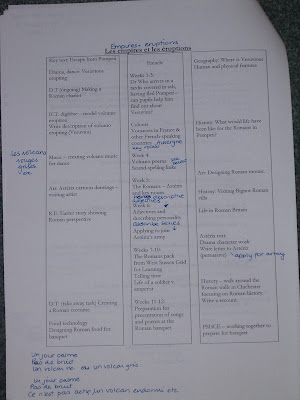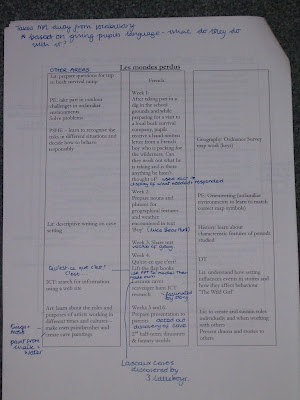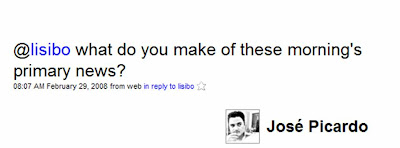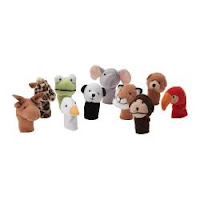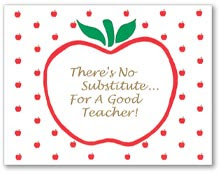
The last session I attended on Friday at PLS was a really tough choice – so many I wanted to attend but I chose ¡Mira Miró!, ‘a West Sussex KS2 cross-curricular Spanish / Art project, developed by María Roberts (MFL advisor) and Jane Sedgewick (Art advisor) to escape subject silos.’
Maria introduced the project, designed to be cross curricular, not CLIL (most is in English with some Spanish language), and lasting approximately 5 hours / half a term.
The dual objectives were stated as –
- To explore the works of the Spanish painter Miró, using some simple Spanish to describe shape and colour.
- To prduce own art in the style of Miró and be able to simply describe and evaluate it.
Miró was chosen as the artist as he is 20th century, his work is abstract and also not too ‘way out’ in imagery (Dalí would perhaps be a little too disturbing!)
The language involved in the project included the vocabulary o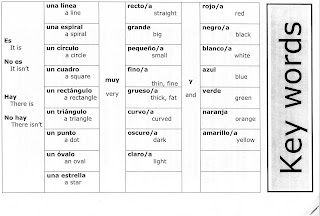 f
f
- shape
- colour
- size
- preposition
- evaluation
Maria showed us a number of activities that were used with the pupils to familiarise them with the work of Miró such as a game involving dominoes based on Miró’s work – each person has a domino and has to find someone with an identical image by describing it (in English) – this was an interesting activity that reminded us that our perception of a piece of art can be different to someone else’s – where I saw a man with long arms, another person saw something completely different, so it took a while to find our partners. The dominoes had been purchased from the Fundació Miró (as had other resources such as the posters that were originally part of a calendar)
Maria then took us through some of the activities that the pupils had done as part o the scheme including:
guess the name of the painting.
Pupils looked at the painting on the right and discussed what they thought its name might be. they were encouraged to comment on the form, colour, texture, lines etc of the piece. The title is Ciphers and Constellations in love with a woman – does it suit the piece? What might be a a better name?
name might be. they were encouraged to comment on the form, colour, texture, lines etc of the piece. The title is Ciphers and Constellations in love with a woman – does it suit the piece? What might be a a better name?
The pupils also learned at this pint that Miró often shut his eyes and painted – interesting a nd quirky – perhaps they could emulate it?
nd quirky – perhaps they could emulate it?
looking for shapes in pictures
Looking at this painting (left) called Woman in front of the sun, pupils were asked to look for shapes – and this is where some Spanish vocabulary comes in as they describe the shapes they see. In the following lessons, they add adjectives of colour and size to the descriptions – eg hay un círculo grande y rojo.
human sentences
using cards containing images of shape, size, colour and form, we made human sentences, physically emphasising the noun / adjective word order. This could be extended with verb cards for Hay / No hay.
DIY Miró
Having been given a random selection of the shapes from the paintings, we discussed their properties, and then constructed our own picture.
Prepositions
The next step was discussing where things are in the picture – having learned a few simple prepositions, one member of the group was given a very simple extract from a painting to describe whilst the rest drew what they had understood. A good exercise in communication – it’s amazing how clear you think your explanation is until you see how others have understood it ;o)
evaluation. NB accuracy of del / de la was modelled but not insisted upon as the flow of conversation and communication was seen as more important.
How does it make you feel?
Part of art is learning to appreciate it and the end stage was discussing how the painting made them feel. Words such as ‘bueno‘ were banned – words like bonito, tranquilo, calma, alegre, triste, confuso, raro, enfadado were encouraged – I wasn’t sure about the inclusion of ‘horroroso’ as an advisable word to describe another child’s work though!
I’ve scanned the handouts for now (in My Box of Goodies as Slideshare is not liking me today :o(
Maria shared that the hope is to publish these resources on the wsgfl alongside the existing cross curricular packs on Animals and habitats, and Habitats in Spanish (there are also a wide range of French cross curricular resources including The Giant Turnip and the Little Polar Bear, and a couple in German), and also to cover a French artist, Matisse (in his later years his work is suitable!) At the moment, the stumbling
block centres around copyright issues.
I think this is another great idea for embedding PLL in the existing curriculum, and looking in a more ‘joined up’ way at children’s education. Any other ideas out there?

